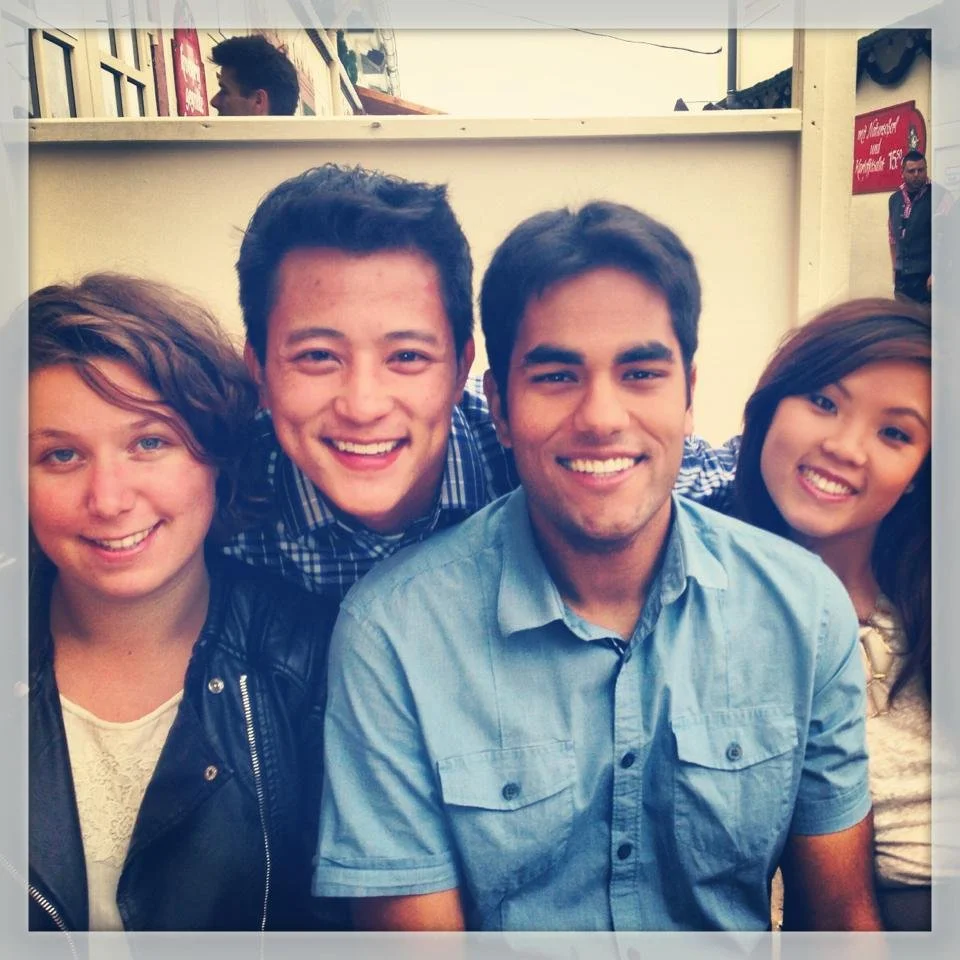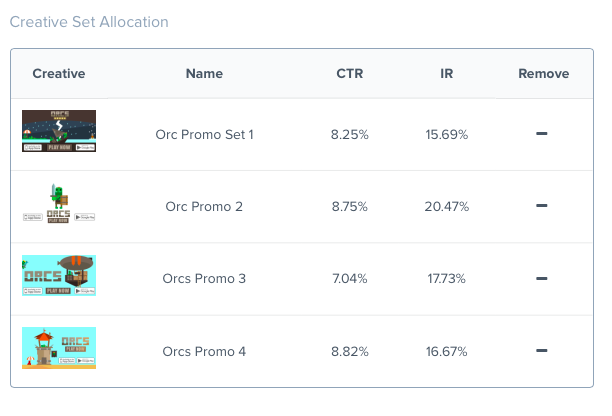
Investors: Sequoia Capital, Translink Capital, SK Telecom
Chartboost is a leading in-app programmatic advertising and monetization platform that empowers developers to earn high CPMs by connecting marketers to highly engaged audiences via immersive ad experiences.
Highlights
Zynga / Take-Two Interactive acquires Chartboost for $250M (Forbes)
700M Monthly App Users
90B Monthly Advertising Auctions


















Role + Responsibilities
First-of-Kind Partnerships
Austen led all partnership efforts with attribution and mediation / header bidding platforms like AdMob (Google), ironSource, and MoPub (Twitter).
Business / Product Liaison
He acted as a business liaison within the Product team, advocating for developer + B2B partnership-specific interests to help product roadmap prioritization.
Developer Focused
He created processes and services to address customer needs like onboarding friction and developer lifecycle (ex: Creative Studio, eCPM bidding).
Cross-Team Collaboration
Austen served as the first business-oriented PM, connecting siloed orgs by aligning cross-team objectives to annual goals (ex: Game Dev Advisory Board).
Work Sample - Creative Studio
Chartboost’s Creative Studio was an international network of graphic designers and videographers focused on direct collaboration with advertisers to develop mobile interstitials, branded video (2D, 3D, live-action), and playable ad units. The studio would work closely with clients to better understand targeting preferences, user segmentation, and historical engagement data to create unique ad sets tailored specifically to the developers needs. Austen led this initiative from ideation to launch by determining product-market fit, building JIRA workflows, creating custom contracts, and leading go-to-market strategy.
Challenges
-
Ad Unit Dimensions
Chartboost had unique dimensions for interstitial, video, and playable ad units. This required game developers to invest additional time resizing creative assets before being able to start campaigns, translating to a 2x longer onboarding time for Chartboost vs other ad platforms (on average).
-
Feature Adoption
The first automated “Traffic Allocation” feature (released before to Creative Studio) dynamically split impression volume based on eCPM and historical conversion rates. However, the lack of multiple ad sets and focus on creative optimization negatively impacted adoption rates for this feature initially.
-
Share of Wallet
Friction within the onboarding process ultimately led to other down-funnel issues like share of wallet. This limited Chartboost’s ability to provide quality conversions at scale and compete with other advertising platforms as marketers had already established CTR + IR baselines.
Approach
Remove UA + Creative Team Friction
Exploratory conversations with larger game studios identified collaboration between User Acquisition teams and their Design counterparts as a primary difficulty (ex: time to create, differing team priorities, extrapolating insights into best practices, etc.) to begin advertising on the platform.
Creative Studio would introduce a new form of labor that shortened the time needed to convert ad units into Chartboost-specific resolutions, alleviating onboarding difficulties and ultimately getting campaigns started faster.
Create Chartboost-Specific Value
Early tests revealed improved performance from Chartboost-created ad sets over their developer-created counterparts in terms of CTR, IR, and post-install event conversion rates. This lift was accentuated further when paired with the new “Traffic Allocation” feature.
With these insights in mind, Austen worked cross-functionally to develop sales-specific training and marketing collateral to help drive an increase in adoption rates for both Creative Studio and Traffic Allocation.
Incentivize Increased Share of Wallet
Creative Studio was a “white glove service” structured on a tiered ad spend model. The studio also had a unique market differentiator which allowed assets to be used externally across other networks and platforms after specific spend thresholds were reached.
This incentivized developers to commit more of their budget to Chartboost as ad sets would be introduced throughout a game’s lifecycle preventing ad fatigue and driving quality conversions.
Results
-
60% Boost in Conversion Rate
Rise in conversion rate (impressions to installs) for brands who used Creative Studio
-
40% Improvement in eCPM
Improvement in eCPM (cost of acquiring 1000 users) for those using a complete creative set.
-
23% Lift in Ad Spend
Increase in Chartboost’s average advertising spend per partner within 6 months time







